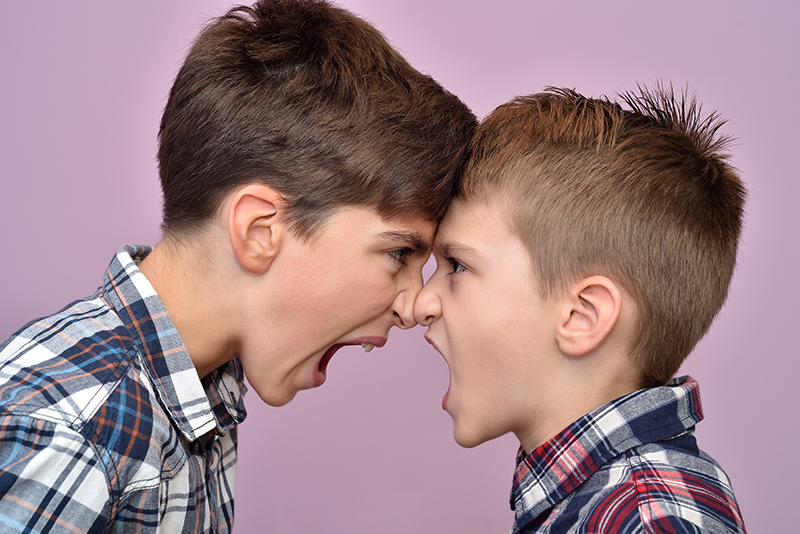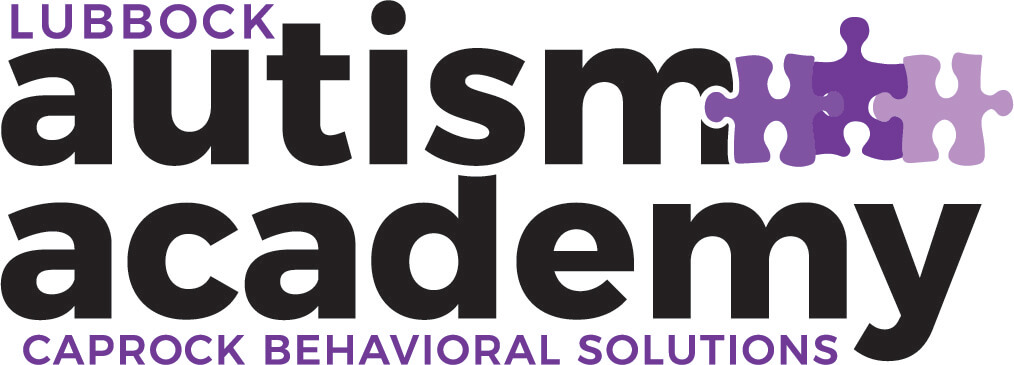Written by Jeanne Terry
April 29, 2021

A Look At The Four Functions of Behavior
When I sat down this morning to write my very first blog, I started thinking about my own personal behaviors and I started analyzing my own behavior. I started thinking of all the behavior I engaged in this morning. My behavior this morning included all four functions of behavior.
Functions of Behavior:
- Escape – is when a person engages in a behavior to end or avoid something they do not like.
- Attention – is when a person engages in the behavior to receive attention.
- Tangible – is when a person engages in the behavior to get access to an item or activity.
- Sensory – is when a person engages in a behavior because it physically feels good or relieves something that feels bad.
My first behavior was escape. My escape behavior was extensive this morning. I found multiple activities to do before sitting down at my computer to write. I kept looking around the house to see what else needed to be done. I made coffee, cooked breakfast, cleaned the kitchen, folded clothes, and proofed a report. The second behavior I engaged in was access to tangible. Because I was hungry, I made coffee and cooked breakfast. My third behavior was attention. I also made coffee and breakfast for my family, and I gained positive attention from my family. This included “mmm, this is delicious” and “thank you.” The final behavior I engaged in was sensory in nature. I sat in my chair, wrapped my hands around my coffee mug and took a big whiff of the aroma of freshly brewed coffee, and then sipped the coffee slowly.
As a behavior analyst working with children with autism, I encounter children daily communicating with their parents, therapists, and myself through their behavior. Be it appropriate or problematic. The children may be covering their ears, hitting their hands on the refrigerator, rocking back and forth or laying on the ground screaming and kicking, pointing toward an item, using their words to ask for something, or clapping their hands. My job as a behavior analyst is to discover what they are communicating with their behaviors and respond appropriately. When determining the function of the behavior, there are several things I look at. First, I look at the setting event, which is what occurred before the behavior. Then I observe the behavior and the consequences the child receives for the behavior.
As a behavior analyst working with children with autism, I encounter children daily communicating with their parents, therapists, and myself through their behavior. Be it appropriate or problematic.
ABCs of behavior:
- Antecedent – refers to the situation or event that comes before a behavior. It is sometimes described as the “trigger” for the behavior that follows.
- Behavior – is any action that can be observed, counted, or timed. Just about everything we do can be described as a behavior.
- Consequences – are what happened immediately after and in response to a behavior.
- Some consequences are naturally occurring.
Many children with autism cannot communicate effectively with their words, so they use their actions to communicate. Their actions may be screaming, crying, pulling hair, hitting, laying on the ground, hitting their head against a hard service, running away, and/or throwing items. For each of these actions, the child is trying to tell us something. Behavior is a means of communication.


The “Why?”
When I see a child with autism engaging in problematic behavior, I ask myself, “Why?” is this child behaving this way. For example, a child is standing in the bathroom screaming with his hands over his ears. To determine the function of the behavior (what the child is trying to say), I need to know what happened before he started screaming and covering his ears and what happened after the behavior. Did his mother flush the toilet? Is he sensitive to the sound of the toilet? If that is the case, then the behavior is sensory. Another possibility is that he was told it is bath time. He does not want to wash his hair, so he screams, and his mom does not wash his hair. If that is the antecedent and consequences, then the behavior is for escape. Another possibility is he went into the bathroom looking for his mother, and when he screamed, his mother picked him up. This would mean the function of the behavior is for attention. A fourth scenario is he went into the restroom to get his favorite bath toy and could not reach it. When his mother came into the bathroom and saw him screaming, she gave him the toy. If this were the case, then the function of the behavior would be access to the toy. As you can see from the descriptions above, you would not know what the boy was communicating unless you knew what occurred before the behavior and what occurred after the behavior.
Anytime a behavior achieves the desired function, it increases the likelihood the behavior will occur again. As in the example above, the child learned that if I scream and cover my ears when mom says it is bath time, my hair might not get washed. Another example is when a child says, “tickles,” and Dad tickles her until both are rolling over laughing. The child will say “tickles” again because Dad reinforced her use of the word “tickles.” As an ABA therapist, my goal is to increase the appropriate behavior and decrease the problematic behavior.
Here are some examples of different behaviors that are often seen in children:
- Susie is playing with her new windup bunny, and she cannot get it to wind up. She says, “help me,” to the child next to her, and the child shows her how to wind up the toy and sets it down to hop. Susie is so excited and practices winding up the bunny multiple times. Susie is more likely to ask for help again since it worked with her peer.
- Bobby is building a tower with blocks, and his classmate knocks it down, and Bobby cries. The teacher comes over to see why Bobby was crying and hugged him. Bobby’s crying got his teacher’s attention.
- Joey sees the gummy bears at the checkout counter in the grocery store and points at the candy. His mother tells him “no,” and he starts crying and screaming in the store. His mom hands him the gummy bears and quickly checks out and leaves the store. Joey has likely learned that he can cry and scream to get what he wants.
- Kathy wants a cookie and moves a chair to the kitchen counter. She climbs up in the chair and then on the counter to get her a cookie. Kathy has just learned that by moving the chair to where she wants it, she can get things that are out of her reach.
Behavior analysts take ABC data to determine the function of the behavior. Each time the behavior occurs, the ABA therapist writes down the antecedent, the behavior, and the consequences. The ABA therapist writes this down for multiple occurrences of the behavior. By taking data over several occurrences of the behavior across multiple days, the behavior analyst can see a pattern in the behavior and determine the function of the behavior and the strategies that might work best to reduce or increase the frequency of the behavior.

Understanding The Function
One of the goals I have as a behavior analyst is for the families I work with to understand the functions of behaviors and respond in a way so that the targeted behavior will increase or decrease accordingly. Understanding the function of behavior helps me understand the behaviors of those around me and my own behavior. I use my knowledge of the function of behaviors when I think back to some of my three boys’ behaviors throughout the years. One instance that stands out to me was my middle son’s behavior in his high school science class. He was frequently sent to the office and would then go to lunch detention due to misbehavior. I could not understand why he continued to misbehave if he disliked lunch detention so much. I started asking questions and realized that my son, who had dyslexia, would misbehave anytime the teacher had the students take turns reading aloud in class. He chose to go to lunch detention and eat a “disgusting pimento cheese sandwich” than to allow his peers to know he read slow and took his time reading to understand the content. By understanding the function of the misbehavior, I was able to respond accordingly. In ABA, we look at behavior as a means of communication that we want to respond to appropriately, whether it is a simple request for help or a tantrum to escape a bath. The next time your child engages in the behavior, ask yourself, “Why is my child doing this?” “What can I do to help them respond positively?” Knowing the functions of behavior helps me understand my clients with autism, but it also helps me understand the behaviors of my own family.
Resources
Bearss, K., Johnson, C., Handen, B., Butter, E., Lecavalier, L. The RUBI Autism Network Parent Training for Disruptive Behavior, 2015, Marcus Autism Center.

